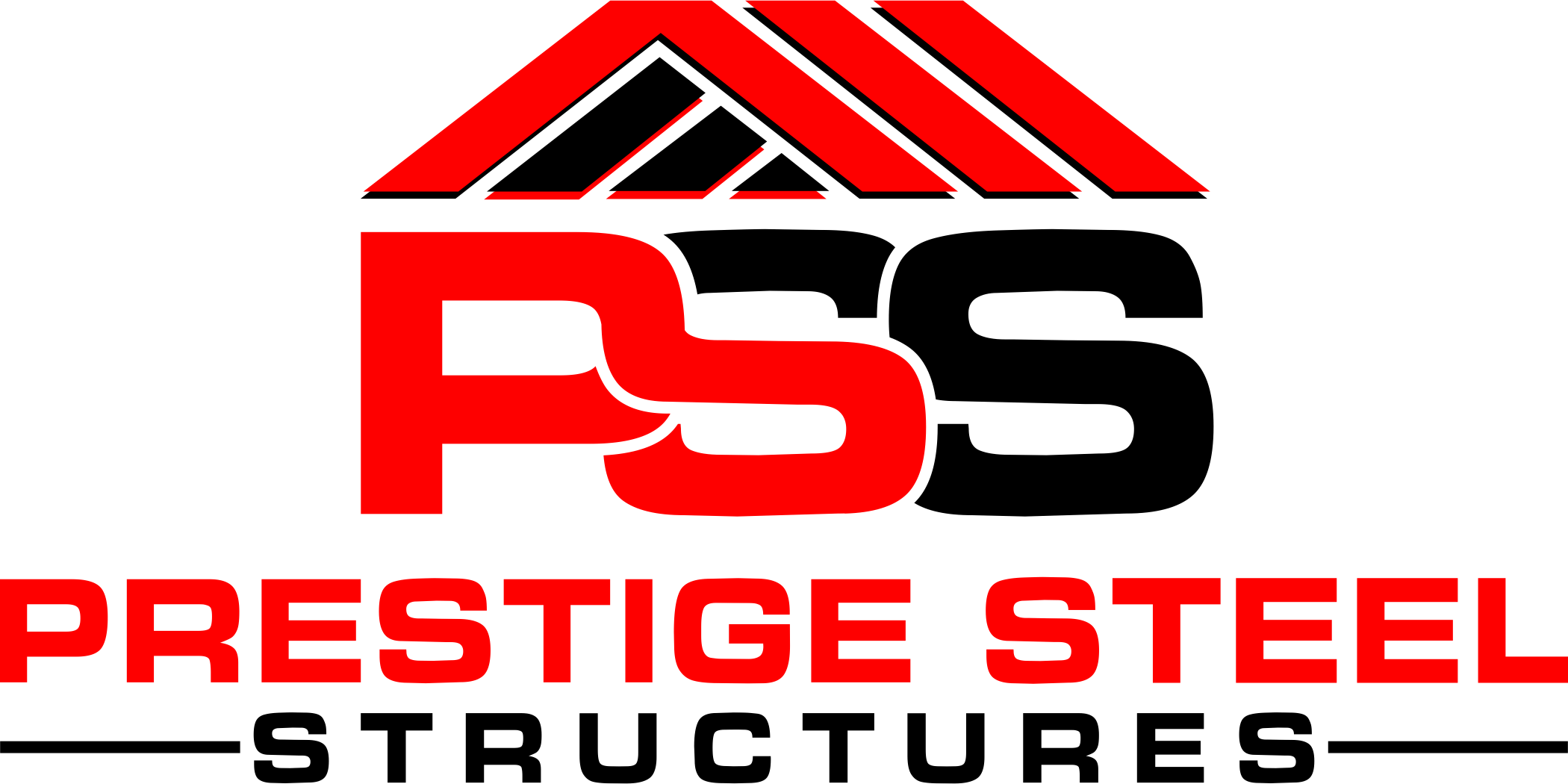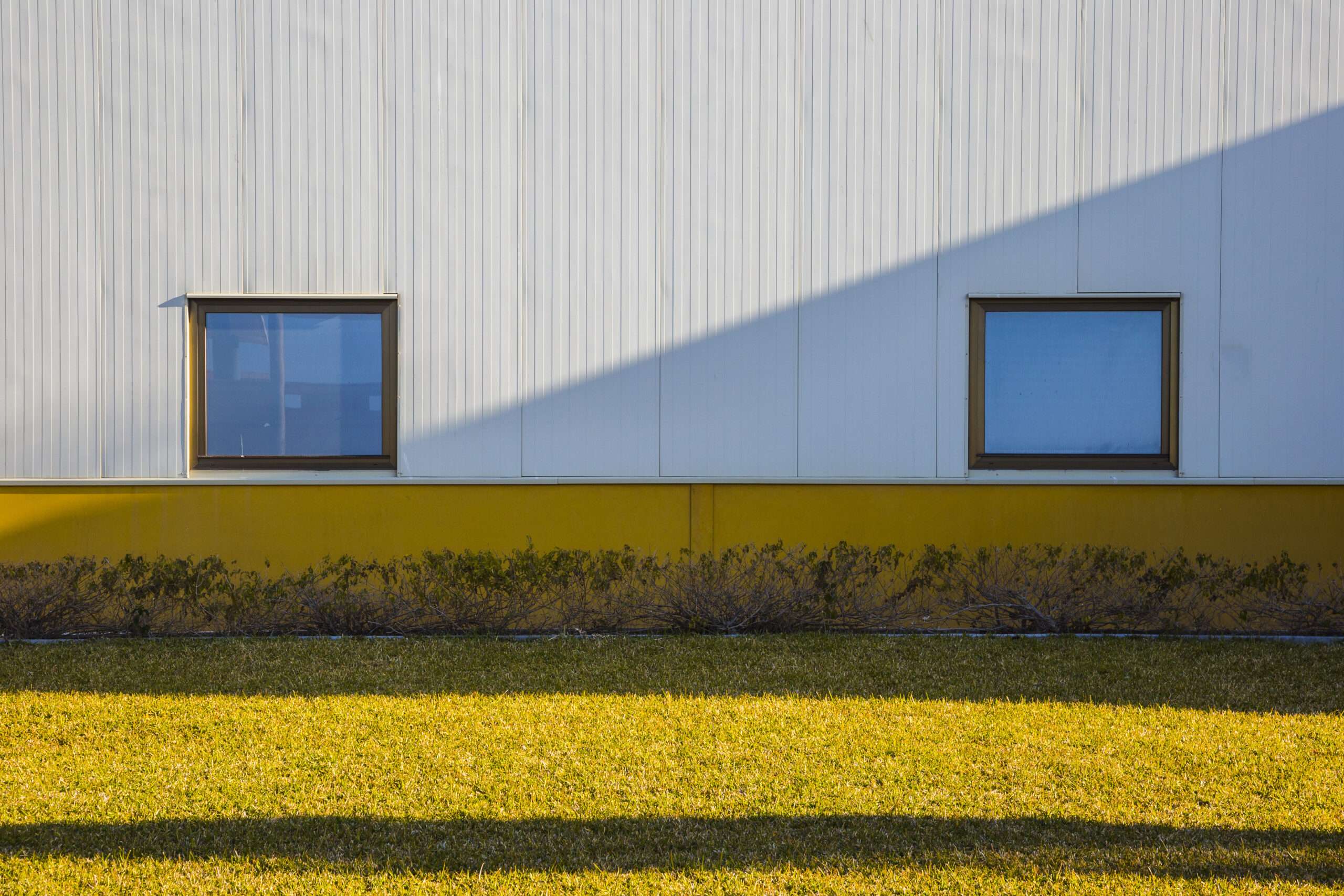Metal buildings, constructed primarily from steel, are rapidly gaining popularity for residential, commercial, and agricultural applications. Their pre-engineered design allows for quick assembly and offers a range of sizes and styles. But with numerous building materials available, a crucial question arises: Do metal buildings offer a sound investment for your needs?
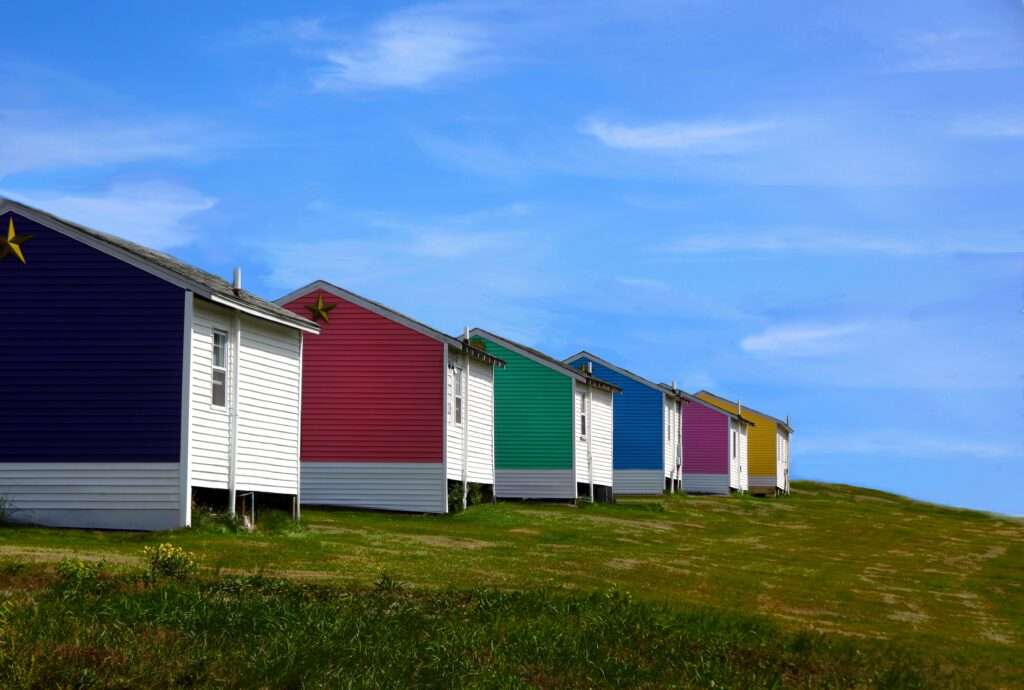
Advantages of Metal Buildings as an Investment
Durability and Longevity: Standing Strong for Decades
- Metal, particularly steel, is renowned for its exceptional resistance to a variety of threats that can plague traditional building materials. Unlike wood, steel is virtually immune to rot, decay, and insect infestations. This eliminates the need for expensive and recurring treatments for termites, carpenter ants, and other pests.
- Metal buildings are built to withstand the test of time. With proper maintenance, a well-constructed metal building can last for several decades, often exceeding 50 years. This translates to a significant return on investment, as you won’t need to worry about major replacements or rebuilds for a very long time.
- Compared to traditional buildings, metal structures require minimal upkeep. They are not susceptible to warping, cracking, or crumbling like wood or concrete. This translates to significant cost savings over the lifespan of the building. You won’t need to spend money on frequent repairs or replacements of damaged materials, leading to a lower overall cost of ownership.
Cost-Effectiveness: Building Smart and Saving Money
- Metal buildings often present a competitive upfront cost compared to other building materials like brick or concrete. While the initial price tag might be slightly higher than a basic wood structure, the long-term savings on maintenance and lifespan often outweigh the difference.
- Pre-engineered metal buildings offer a significant advantage in terms of construction efficiency. These buildings are designed and manufactured off-site with standardized components. This streamlined approach leads to faster construction times compared to traditional on-site building methods. Reduced construction times translate to lower labor costs, further enhancing the overall cost-effectiveness of metal buildings.
- Depending on your location and the intended use of the building, there may be potential tax benefits associated with metal buildings. Certain regions offer tax breaks for energy-efficient construction or depreciation incentives for commercial properties. It’s important to consult with a tax professional to explore these possibilities and maximize the financial advantages of your metal building investment.
Low Maintenance Needs: Less Time Worrying, More Time Using
- Metal buildings are a low-maintenance solution. Unlike wood, which requires regular painting, staining, and treatment for pests, steel requires minimal upkeep. A simple cleaning with soap and water is often sufficient to maintain the exterior of the building.
- With proper coatings and treatments, metal buildings are highly resistant to rust and corrosion. This further reduces the need for ongoing maintenance and ensures the long-term structural integrity of the building. The reduced maintenance requirements free up your time and resources, allowing you to focus on using the building for its intended purpose.
Energy Efficiency: Saving Money While Saving the Environment
- Some metal panels come with inherent insulating properties, helping to regulate the temperature within the building. This reduces the need for heating and cooling systems to work as hard, potentially leading to lower energy bills.
- Metal buildings offer the opportunity to incorporate additional energy-efficient features. Skylights can be strategically placed to maximize natural light, reducing reliance on artificial lighting. Additionally, reflective coatings on the roof can help deflect sunlight and heat, further reducing energy consumption in warmer climates.
- By incorporating these energy-efficient design elements, metal buildings can significantly reduce your operating costs over time. The environmental benefits are also noteworthy, as lower energy use translates to a smaller carbon footprint.
Versatility and Expandability: Adapting to Your Needs
- Metal buildings offer remarkable versatility in terms of their applications. They can be used for a wide range of purposes, from residential garages and workshops to commercial warehouses, agricultural storage facilities, and even office spaces. This flexibility makes them a suitable solution for a variety of needs.
- The modular nature of metal buildings allows for easy expansion as your needs evolve. Additional bays or sections can be readily added to the existing structure, accommodating future growth without the need for a complete rebuild. This scalability makes metal buildings a future-proof investment.
- Metal buildings come in a wide range of sizes and can be customized to meet your specific requirements. Whether you need a small storage unit or a large industrial facility, there is a metal building solution available to suit your needs. Additionally, options for incorporating architectural elements like different wall panels or trim allow you to customize the aesthetics of the building to blend with its surroundings.
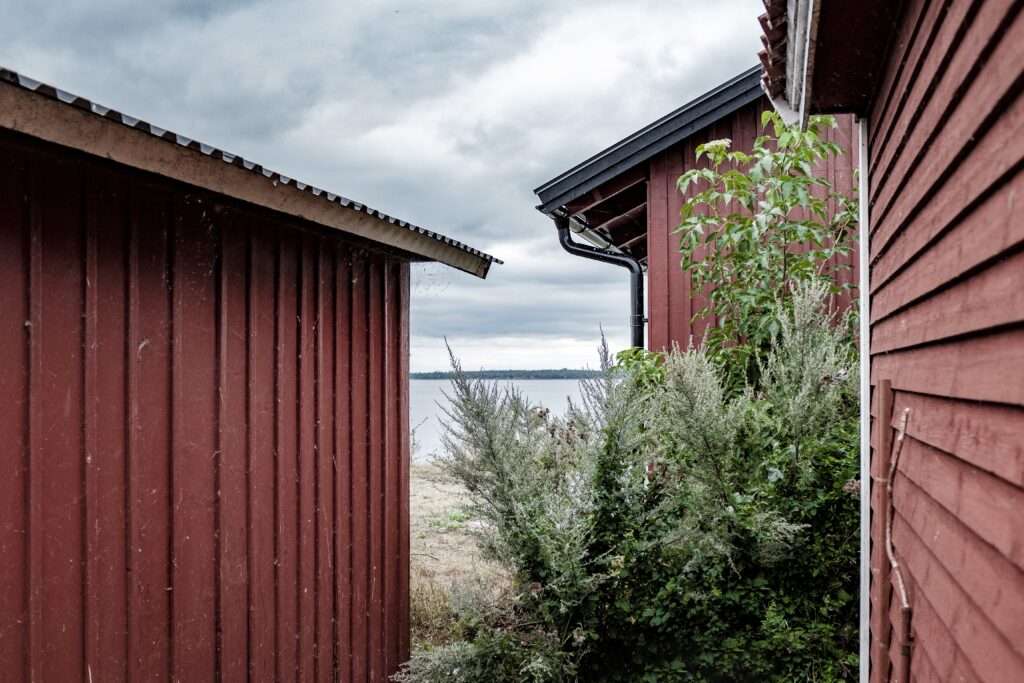
Potential Downsides of Metal Buildings
Initial Cost Considerations: Weighing Upfront Costs with Long-Term Benefits
While metal buildings offer significant cost advantages over time due to their durability and low maintenance needs, it’s important to acknowledge that the upfront cost can be higher compared to a basic wood structure. The initial investment for a metal building may be slightly more than a simple wooden shed or garage. However, it’s crucial to consider this cost within the context of a long-term investment. When you factor in the minimal maintenance requirements and extended lifespan of a metal building, the overall cost of ownership becomes more favorable. The money saved on repairs and replacements over several decades can significantly outweigh the slightly higher initial investment.
Aesthetics: Industrial Appeal or Architectural Enhancement?
Metal buildings are often associated with an industrial aesthetic. This utilitarian look might not be ideal for all applications, particularly residential settings or areas with strict design guidelines. For example, a metal building may not be the most suitable choice for a home in a neighborhood with a traditional architectural style. However, there are ways to enhance the aesthetics of metal buildings. A variety of architectural elements can be incorporated into the design to create a more visually appealing structure. These elements can include different types of metal wall panels, decorative trim, or even the use of color to add personality to the building. Additionally, strategically placed landscaping can help soften the industrial look and integrate the building more seamlessly into its surroundings.
Potential for Condensation: Understanding and Mitigating Moisture Issues
Metal buildings can be susceptible to condensation if not properly ventilated. Condensation occurs when warm, moist air comes into contact with a cooler surface, causing water vapor to condense. In a metal building, this can happen when warm air inside the building meets the cooler metal walls and roof. If left unchecked, condensation can lead to moisture buildup, which can damage the building materials and create a breeding ground for mold and mildew. The key to mitigating condensation is proper insulation and ventilation. By installing adequate insulation within the walls and roof panels, the temperature difference between the inside and outside of the building is reduced, minimizing the formation of condensation. Additionally, a well-designed ventilation system allows for proper air circulation and removes excess moisture from the building. Investing in a good ventilation system upfront can prevent costly moisture damage down the road.
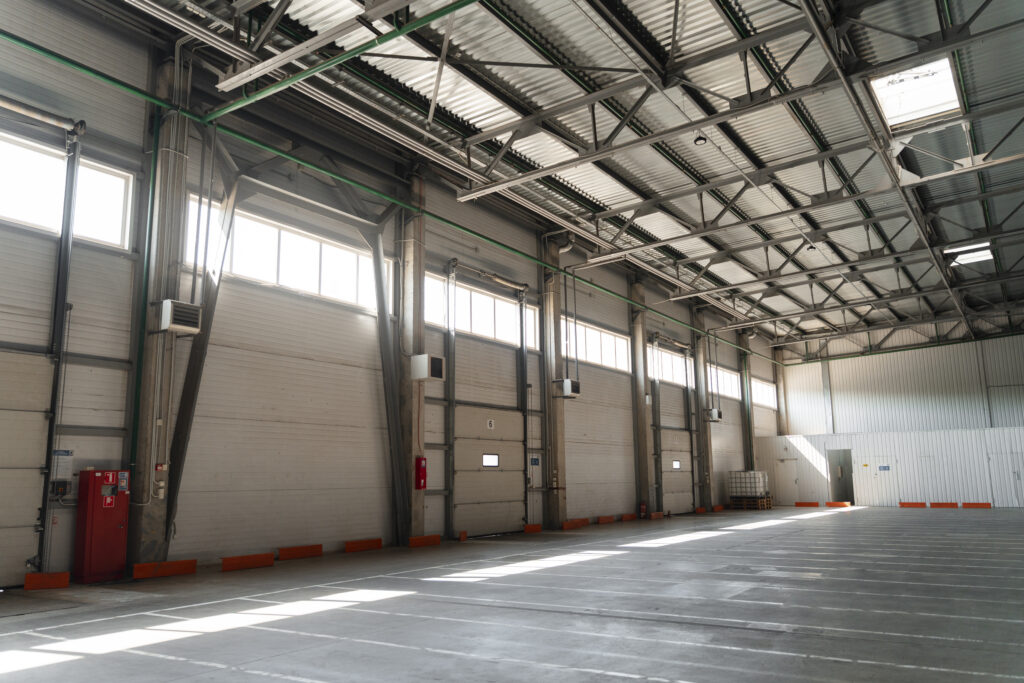
Factors to Consider Before Investing in a Metal Building
Defining Your Needs: Purpose Drives Design
Before diving into the world of metal buildings, it’s crucial to clearly define the purpose and intended use of the structure. This will heavily influence various aspects of your decision-making process.
- What will the building be used for? Will it be a workshop for your woodworking hobby, a storage facility for your business inventory, or a multi-purpose space for your agricultural operation? Understanding the primary function of the building will guide you towards the most suitable size, features, and potential customizations.
- Consider the specific needs of your chosen use. For example, if you plan to store temperature-sensitive items, proper insulation becomes a critical factor. If you need ample natural light for working inside the building, incorporating skylights could be a valuable feature. By clearly defining your needs, you can ensure the metal building you invest in effectively serves its intended purpose.
Navigating the Regulatory Landscape: Permits and Approvals
Local regulations and building codes play a significant role in metal building construction. It’s essential to check with your local building department before finalizing your plans.
- Obtain the necessary permits. Failure to do so can lead to construction delays and potential fines. The building department will advise on the specific permits required for your project based on the size, location, and intended use of the building.
- Be aware of potential restrictions. Local building codes might have limitations on the size, placement, and design elements of your metal building. These restrictions could involve aspects like building height, setbacks from property lines, and even the types of materials allowed in certain areas. By familiarizing yourself with the local regulations upfront, you can avoid any surprises or setbacks during the construction process.
Planning for the Future: Building with Expansion in Mind
Metal buildings offer excellent scalability, making them a smart choice for those with potential future growth plans.
- Consider your long-term needs. Will your storage requirements likely increase in the coming years? Do you anticipate needing additional workspace in the future? Taking these possibilities into account when selecting the size and design of your metal building can save you money and hassle down the road.
- Explore the potential for expansion. Many metal buildings are designed with modularity in mind. This means additional sections or bays can be readily added to the existing structure as your needs evolve. Choosing a design that allows for future expansion ensures your metal building can adapt and grow alongside your business or personal requirements.
Quality Matters: Materials and Construction Expertise
The quality of materials and construction significantly impacts the durability, performance, and overall value of your metal building investment.
- Invest in high-quality steel. The gauge (thickness) and type of steel used in the framing and panels will affect the building’s strength and longevity. Opting for high-quality materials from reputable manufacturers ensures a structure that can withstand the elements and stand the test of time.
- Choose a qualified contractor. A skilled and experienced contractor will ensure the metal building is constructed properly according to code specifications. Look for contractors who specialize in metal building construction and have a proven track record of quality workmanship. By investing in a well-built metal building using high-quality materials, you’re making a sound investment that will provide years of reliable service.
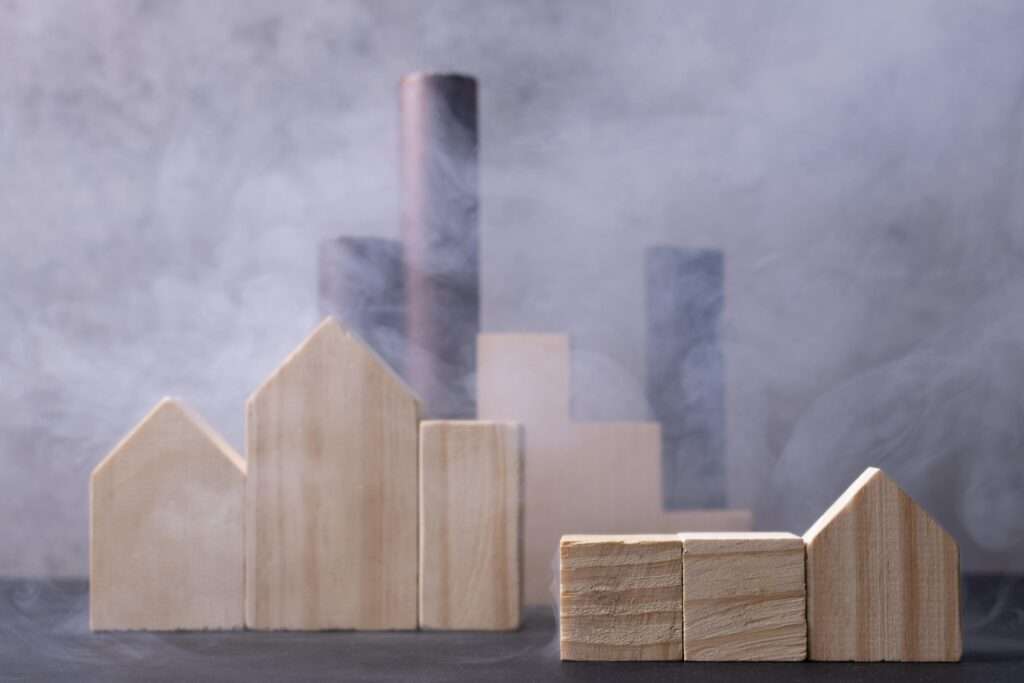
Metal Buildings vs. Traditional Building Materials
Wood: A Budget-Friendly Option with Trade-Offs
Wood offers an initial cost advantage over metal buildings, particularly for smaller structures. Lumber can be a more affordable option for basic sheds, garages, or workshops. However, this lower upfront cost comes with significant trade-offs. Wood is susceptible to rot, warping, and insect infestations. It requires regular maintenance in the form of painting, staining, and pest control. Additionally, the lifespan of a wooden structure is generally shorter compared to a metal building, potentially leading to the need for more frequent repairs or replacements.
Concrete: Strength and Durability at a Premium
Concrete buildings are renowned for their strength and durability. They can withstand harsh weather conditions and offer excellent fire resistance. This makes them a suitable choice for structures requiring exceptional load-bearing capacity or high levels of fire safety. However, concrete construction comes with a significant price tag. The materials and labor involved in building with concrete are generally more expensive compared to metal buildings. Additionally, concrete construction times tend to be longer due to the curing process required for the concrete to reach its full strength. Furthermore, concrete buildings offer less flexibility in terms of design and customization compared to the modular nature of metal buildings.
Brick: Timeless Appeal with a Hefty Price Tag
Brick buildings offer a classic and timeless aesthetic appeal. They can add value and character to a property, and their durability can match that of metal buildings with proper maintenance. However, similar to concrete, brick construction is a very labor-intensive process, leading to high costs. Building with brick takes significantly longer compared to metal structures. While both metal and brick can achieve a long lifespan, the upfront investment and construction complexities associated with brick make it a less cost-effective option for many applications.
Conclusion
Metal buildings offer a compelling combination of durability, low maintenance needs, and long lifespan, translating to significant cost savings over time. While factors like initial investment and potential aesthetic considerations require attention, the versatility and scalability of metal buildings make them a strong investment option for a wide range of needs.

